Draper wins NASA contract for farside lunar lander mission
Thursday, 21 July 2022 23:48
NASA awarded a contract to Draper to send three science instruments to the far side of the moon through a commercial payload delivery program.
The post Draper wins NASA contract for farside lunar lander mission appeared first on SpaceNews.
Crew Dragon mission delayed after booster damaged in transport
Thursday, 21 July 2022 20:55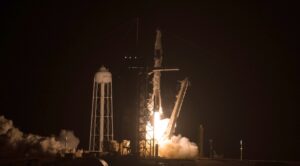
NASA is delaying the next commercial crew mission to the International Space Station by nearly a month after the Falcon 9 booster that will launch it was damaged during transport across the country for testing.
Senate NDAA directs independent review how the Space Force acquires technologies
Thursday, 21 July 2022 18:07
In its proposed 2023 National Defense Authorization Act, the Senate Armed Services Committee directs the Pentagon’s outside business advisors to review the acquisition process for space programs
Satellite Vu orders second satellite for tracking heat waste
Thursday, 21 July 2022 17:54
British Earth observation startup Satellite Vu has ordered a second satellite from Surrey Satellite Technology Ltd. (SSTL) for its planned thermal imaging constellation.
The post Satellite Vu orders second satellite for tracking heat waste appeared first on SpaceNews.
New method to map the surface of the moon increases accuracy to unprecedented levels
Thursday, 21 July 2022 17:52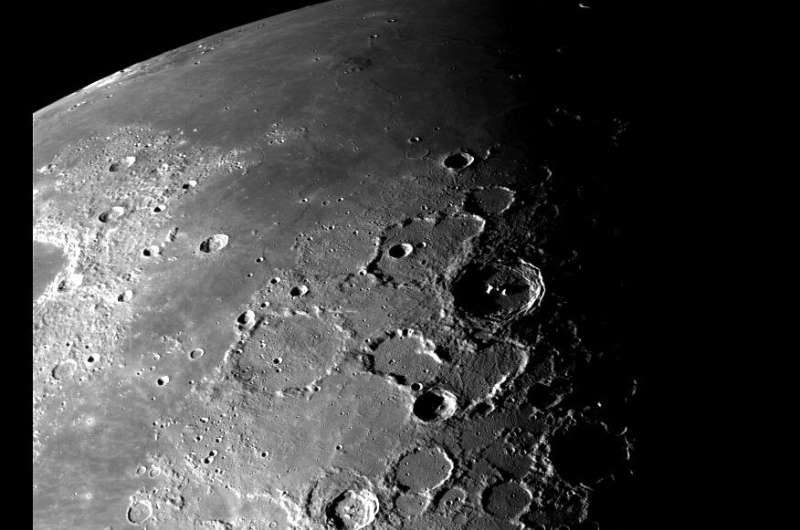
You can buy SpaceX toys and collectibles starting next year
Thursday, 21 July 2022 16:40
SpaceX is venturing into the toy business.
Mattel announced Wednesday it is partnering with SpaceX on a new line of toys and collectibles inspired by the aerospace company co-founded by Tesla CEO Elon Musk.
The toys will be available in 2023 through Mattel's Matchbox brand as well as Mattel Creations, the company's direct-to-consumer platform.
"We take pride in our ability to create products and experiences that honor cultural moments and inspire humankind," said Nick Karamanos, Mattel's senior vice president of entertainment partnerships, in a statement.
Mattel has created multiple toys through its various brands including Hot Wheels and Barbie to promote space exploration. For example, the toy maker currently offers an astronaut version of its Barbie doll and several Hot Wheels vehicles based on Mars rovers.
In April, Mattel announced it was sending two Barbie dolls to space in partnership with the International Space Station to encourage girls to consider careers in science, technology, engineering and math.
Explore further
(c)2022 USA Today
Distributed by Tribune Content Agency, LLC.
You can see where the Webb Telescope took a direct hit from a micrometeorite on one of its mirrors
Thursday, 21 July 2022 15:16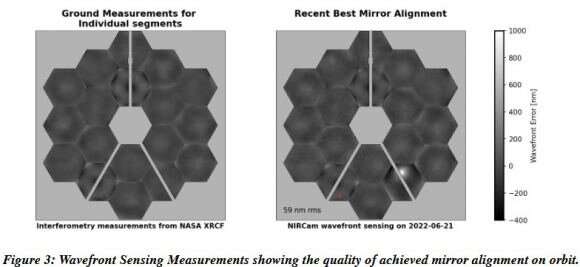
The world is still reeling from the release of the James Webb Space Telescope's (JWST) first images. These provided a comprehensive overview of the kind of science operations that Webb will conduct over its 20-year mission. They included the most sensitive and detailed look at some iconic astronomical objects, spectra from an exoplanet atmosphere, and a deep field view of some of the most distant galaxies in the universe. Since their release, we've also been treated to glimpses of objects in the solar system captured by Webb's infrared instruments.
Meanwhile, the JWST collaboration released a full report titled titled "Characterization of JWST science performance from commissioning," in which they examined everything Webb has accomplished so far and what they anticipate throughout the mission.
Italian becomes first European woman on spacewalk outside ISS
Thursday, 21 July 2022 14:32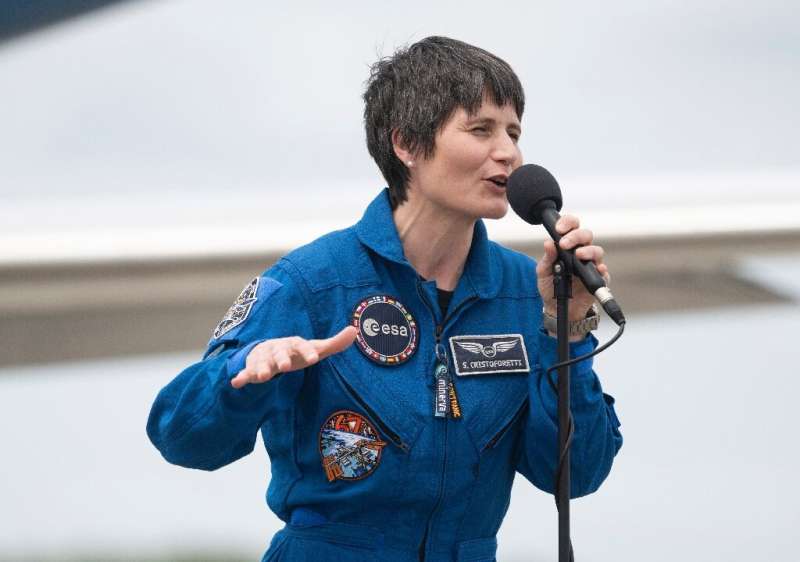
Italian Samantha Cristoforetti became the first European woman astronaut to embark on a spacewalk outside the International Space Station on Thursday, NASA footage showed.
Cristoforetti was joined by Russian cosmonaut Oleg Artemyev on the spacewalk which began just before 1500 GMT, with the pair expected to spend around six and half hours more than 400 kilometres (248 miles) above Earth.
Among their tasks is work on a Europe-made robotic arm which just a week ago became embroiled in tensions between Russia and the West over Moscow's war in Ukraine.
Early last week the head of Russian space agency Roscosmos Dmitry Rogozin, furious at the European Space Agency's decision to cut ties with Moscow on a Mars rover mission, told cosmonauts on the ISS to stop using the European Robotic Arm.
But President Vladimir Putin dismissed Rogozin as Roscosmos chief on Friday, and hours later Washington and Moscow said they would renew flights together to the ISS.
China could shift to fully reusable super heavy-launcher in wake of Starship
Thursday, 21 July 2022 14:08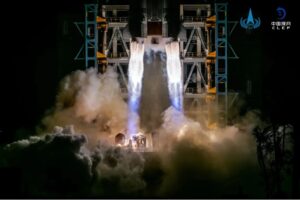
China’s launch vehicle makers appear to be designing a fully reusable version of the Long March 9 super heavy-lift rocket needed for future megaprojects.
Connecting the Dots | Wildfires are advancing, but so is satellite technology
Thursday, 21 July 2022 14:04
Satellite technology is racing to get ahead of increasingly prevalent wildfires that risk lives, destroy property and create pollution that causes long-term health issues.
The post Connecting the Dots | Wildfires are advancing, but so is satellite technology appeared first on SpaceNews.
Solar storm to hit Earth's magnetic field on July 21
Thursday, 21 July 2022 10:39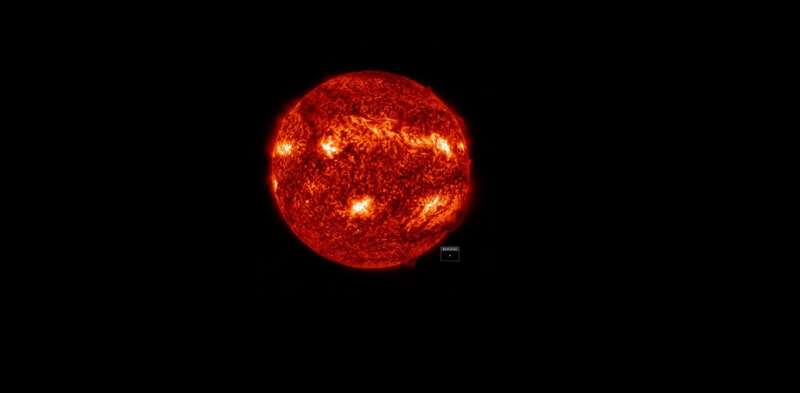
Something is happening to the sun. One of the regions of the solar atmosphere currently exhibiting sunspots caught the attention of observatories on July 11, when there was a sudden increase in ultraviolet and X-ray brightness. The next ones to notice were the amateur radio communities on either side of the Pacific Ocean, when their communications were briefly interrupted.
A solar flare—the emission of electromagnetic radiation and energetic particles located in a small region of the solar atmosphere—had just occurred. It is a region where the magnetic field is particularly strong and complex.
SPECTACULAR FILAMENT ERUPTION: A filament stretching halfway across the solar disk became unstable and erupted away from the Sun. Couple things to note: (1) A section of it twists (magnetic energy being released).
Isar Aerospace to launch from French Guiana
Thursday, 21 July 2022 10:09
European small launch vehicle developer Isar Aerospace has signed an agreement with the French space agency CNES to launch its Spectrum rocket from French Guiana.
The post Isar Aerospace to launch from French Guiana appeared first on SpaceNews.
EarthCARE takes a big stretch
Thursday, 21 July 2022 10:04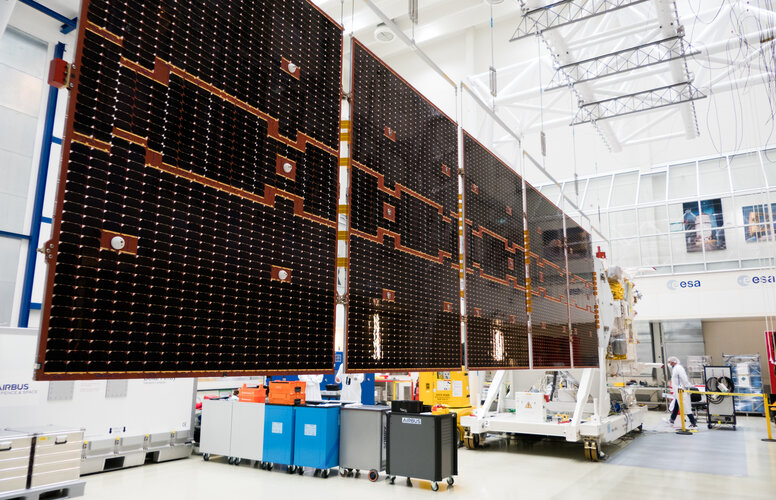
ESA’s upcoming EarthCARE satellite mission has just taken a big stretch. Engineers have gently unfolded this new satellite’s huge five-panel solar wing to test that it will deploy correctly once it is in space. The solar wing is a critical part of the satellite, providing the energy for EarthCARE to do its job: to quantify the role that clouds and aerosols play in heating and cooling Earth’s atmosphere.
Australian rocketry team regains sky wings with triple win at Spaceport America Cup
Thursday, 21 July 2022 01:53 The USYD Rocketry Team has been announced as the overall winner of the Spaceport America Cup intercollegiate rocketry competition, held annually in New Mexico. Competing against 97 student teams from around the globe, including ETH Zurich and the Norwegian University of Science and Technology, the University of Sydney team placed first in three categories - winning the overall competition with t
The USYD Rocketry Team has been announced as the overall winner of the Spaceport America Cup intercollegiate rocketry competition, held annually in New Mexico. Competing against 97 student teams from around the globe, including ETH Zurich and the Norwegian University of Science and Technology, the University of Sydney team placed first in three categories - winning the overall competition with t Goodyear joins Lockheed Martin to commercialize lunar mobility
Thursday, 21 July 2022 01:53 The Goodyear Tire and Rubber Company supplied essential products for NASA's Apollo program, including the Apollo 11 mission which landed on the Moon 53 years ago today. The company will continue that tradition-focusing on lunar vehicle tires-by joining Lockheed Martin in its development of a lunar mobility vehicle.
Since Apollo, Goodyear continued innovating alongside NASA to advance desig
The Goodyear Tire and Rubber Company supplied essential products for NASA's Apollo program, including the Apollo 11 mission which landed on the Moon 53 years ago today. The company will continue that tradition-focusing on lunar vehicle tires-by joining Lockheed Martin in its development of a lunar mobility vehicle.
Since Apollo, Goodyear continued innovating alongside NASA to advance desig 